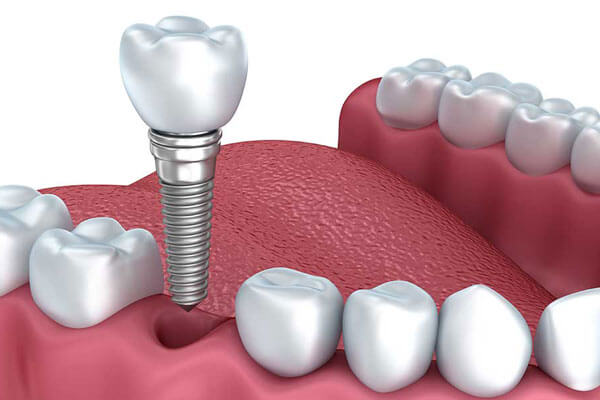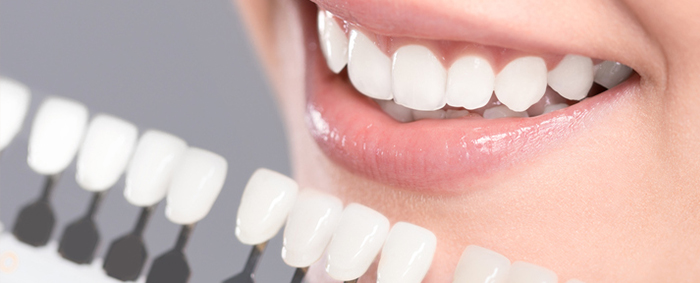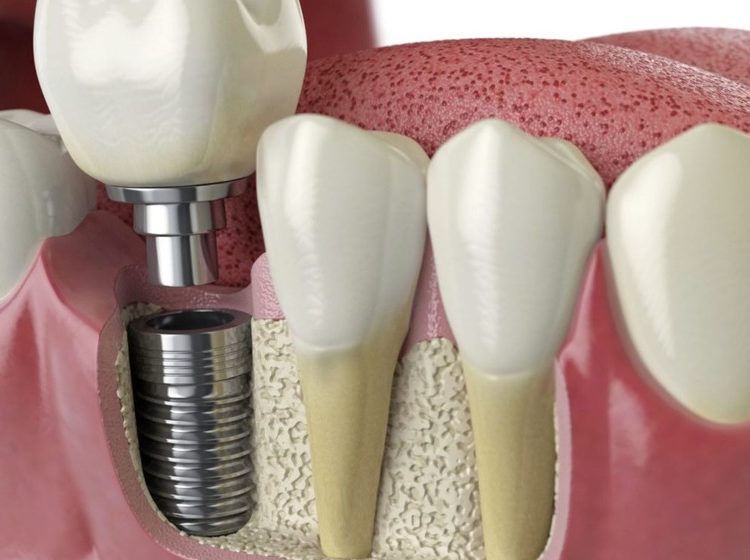A natural tooth consists of a crown (part you see above the gum), and a root (part imbedded in jawbone, hidden beneath the gum). A dental implant serves to replace the root portion of a missing natural tooth. Once the bone grows around the implant, the patient can be fitted for a crown.
Implants serve to:
• Restore missing teeth
• Immobilize loose teeth
• Prevent undesirable movement of teeth such as rotation or shifting which may lead to improper bite.
• Prevent loss of jaw bones and collapsed facial profiles.
Advantages of dental implants:
• Do not decay and function like natural tooth.
• Stop bone shrinkage and do not damage adjacent teeth.
• Easy to clean and are hygienic.
• Do not require covering roof of the mouth or relining their supported dentures.
Factors that compromise implants success rate:
• General Factors:
o Alcoholism or drug abuse
o Hypersensitivity to Titanium (rare)
o Pregnancy and breast-feeding.
o Diseases such as:
– Immunodeficiency (AIDS).
– Uncontrolled Diabetes (insulin-dependent).
– Cancers and radiotherapy (Face and/or Neck).
– Hyperthyroidism and other endocrinal disorders.
– Cardiovascular, blood, bone and Neurological disorders.
• Local Factors:
o Oral infections.
o Poor oral hygiene.
o Insufficient bone to hold implant in place.
o Tumors (benign or malignant) around the implant site.
o Damaging habits such as clenching and gnawing of teeth.
Steps of placing dental implants and their crowns:
• Medical Examination: Medical history and full blood analysis.
• Dental Examination: X-rays and clinical examinations.
• In some cases, Bone Grafting (modifying bone volume or shape to accommodate the implant) may be required.
• Implant placement: Implant is placed in bone while patient is under local anesthesia.
• Bone remodeling: Implant is left undisturbed for 2-6 months, allowing formation of strong bond with bone. A temporary replacement tooth may be installed, to ensure the comfort of the patient throughout treatment.
• Abutment: Small post, called abutment, is attached to the implant to support the upcoming crown.
• Fabricated crown (Tooth Replacement): Impressions are made and an appropriate colored crown is formed and cemented onto abutment, thereby replacing the entire tooth.



